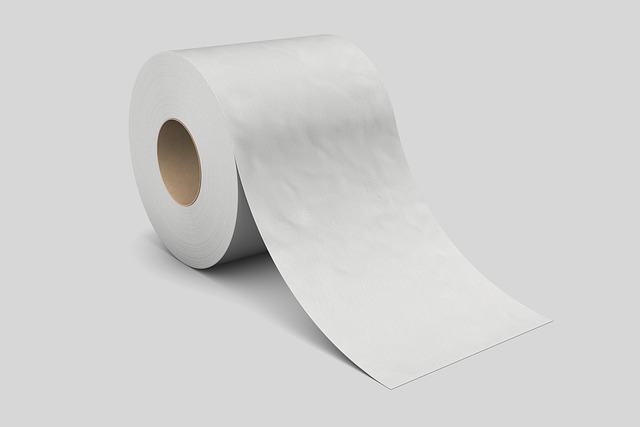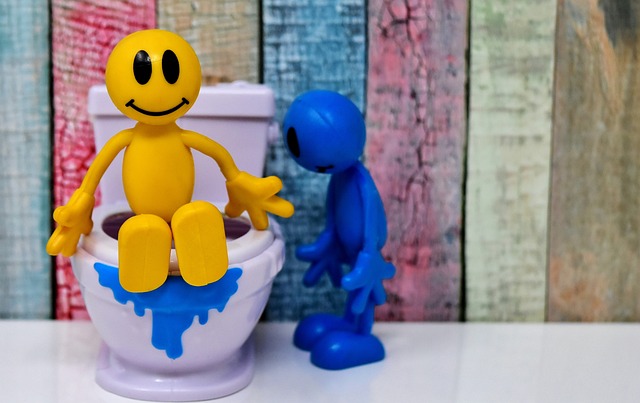A running toilet wastes water and money due to common issues like leaky flappers or worn fill valves. To fix it, first identify the problem (leaky refill rate or drip speed) then replace the faulty part. Regular maintenance, including cleaning, replacing old parts, and using water-efficient mechanisms, prevents future issues, reduces water wastage, and keeps your toilet running efficiently.
Do you hear that familiar gurgling sound? A running toilet isn’t just annoying—it’s a silent water waster, wasting precious resources and jacking up your water bill. In this article, we’ll demystify the “silent water waster” phenomenon, guiding you through understanding common causes, diagnosing the problem, and implementing effective solutions to finally stop that persistent leak and ensure your toilet runs efficiently. Learn how to take control and say goodbye to wasteful water flow!
- Understanding the Silent Water Waster: The Causes of a Running Toilet
- Diagnosing the Problem: Identifying the Source of Excessive Water Flow
- Solutions and Prevention: Stopping the Leak and Maintaining Your Toilet Efficiently
Understanding the Silent Water Waster: The Causes of a Running Toilet

A running toilet, often silent yet persistent, is more than just an annoying drip-drip-drip. It’s a steady waste of water—and money. Understanding what causes this issue is the first step in knowing how to stop it. The most common culprits behind a running toilet are a leaky flapper or a worn-out fill valve. Over time, these components can degrade due to age, hard water, or poor maintenance, leading to continuous water flow into the bowl even after flushing.
To identify the exact problem, observe your toilet’s behavior. If it runs continuously but refills quickly between flushes, the culprit is likely a leaky flapper. A slow, persistent drip indicates a worn-out fill valve. Once you’ve diagnosed the issue, addressing it becomes straightforward. How to stop a running toilet? For a leaky flapper, replace the flapper and ensure a proper seal. If it’s the fill valve, adjust or replace it to control water flow more effectively.
Diagnosing the Problem: Identifying the Source of Excessive Water Flow

Diagnosing the issue with your running toilet is the first step in fixing it. The problem often stems from one of several common sources. Most commonly, a running toilet indicates a leaky flush valve or a faulty fill valve. If the water continues to flow even after flushing, this could be due to an improperly adjusted float or a worn-out ballcock. In some cases, the issue might lie with a clogged vent or drain, which can cause pressure buildup and excessive water discharge.
To pinpoint the exact source, observe the toilet’s behavior. Check if water leaks consistently from specific parts like the flush valve, fill valve, or tank. If you notice any dripping after flushing or when the tank is refilling, it’s a clear sign of a leak. Additionally, monitor the water level in the tank—if it continues to rise rapidly after each flush, there might be an issue with the fill valve or float mechanism.
Solutions and Prevention: Stopping the Leak and Maintaining Your Toilet Efficiently

To stop a running toilet, identify and fix the root cause. Start by checking the flapper valve; it’s often the culprit. Replace it if worn or damaged. Ensure the flush handle is working correctly and adjust the float chain if needed. Regular maintenance includes cleaning the tank and replacing old parts to prevent leaks. Check for leaks around the base and seal any gaps with caulk. Consider using water-efficient flushing mechanisms for long-term savings.
Prevent future issues by setting a schedule for routine checks, especially as toilets age. Keep heavy items away from the toilet to avoid straining the system. Use only recommended products in the tank to maintain optimal performance. Regular attention can significantly reduce water wastage and keep your toilet running efficiently.
A running toilet isn’t just a persistent nuisance; it’s a silent water waster that can significantly increase your water bills. By understanding the causes, from flapper issues to tank leaks, and employing effective solutions like regular maintenance and efficient flushing habits, you can stop this problem in its tracks. Remember, addressing a running toilet not only saves you money but also conserves precious resources. So, take control and make the simple adjustments needed to transform your toilet into a water-efficient champion.
